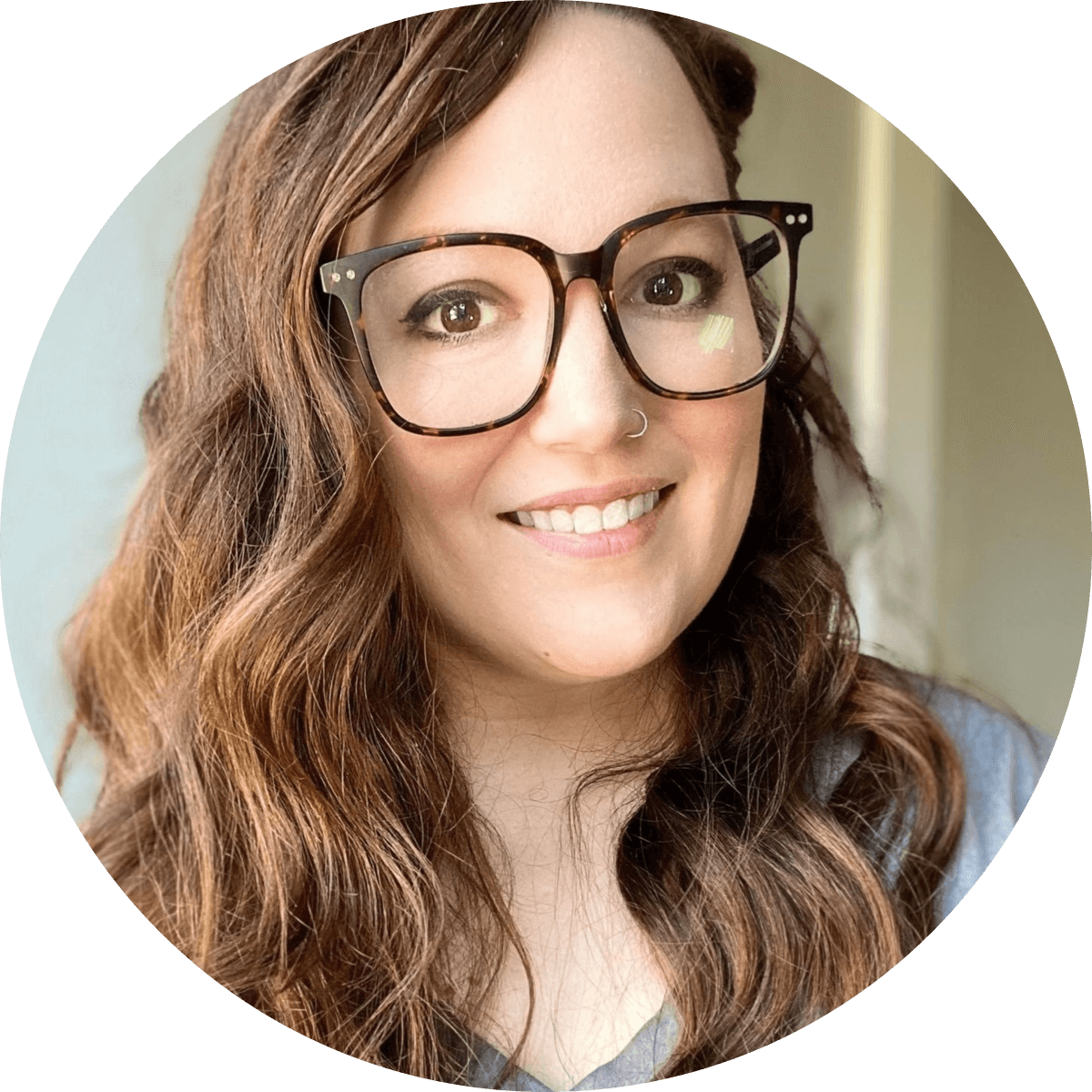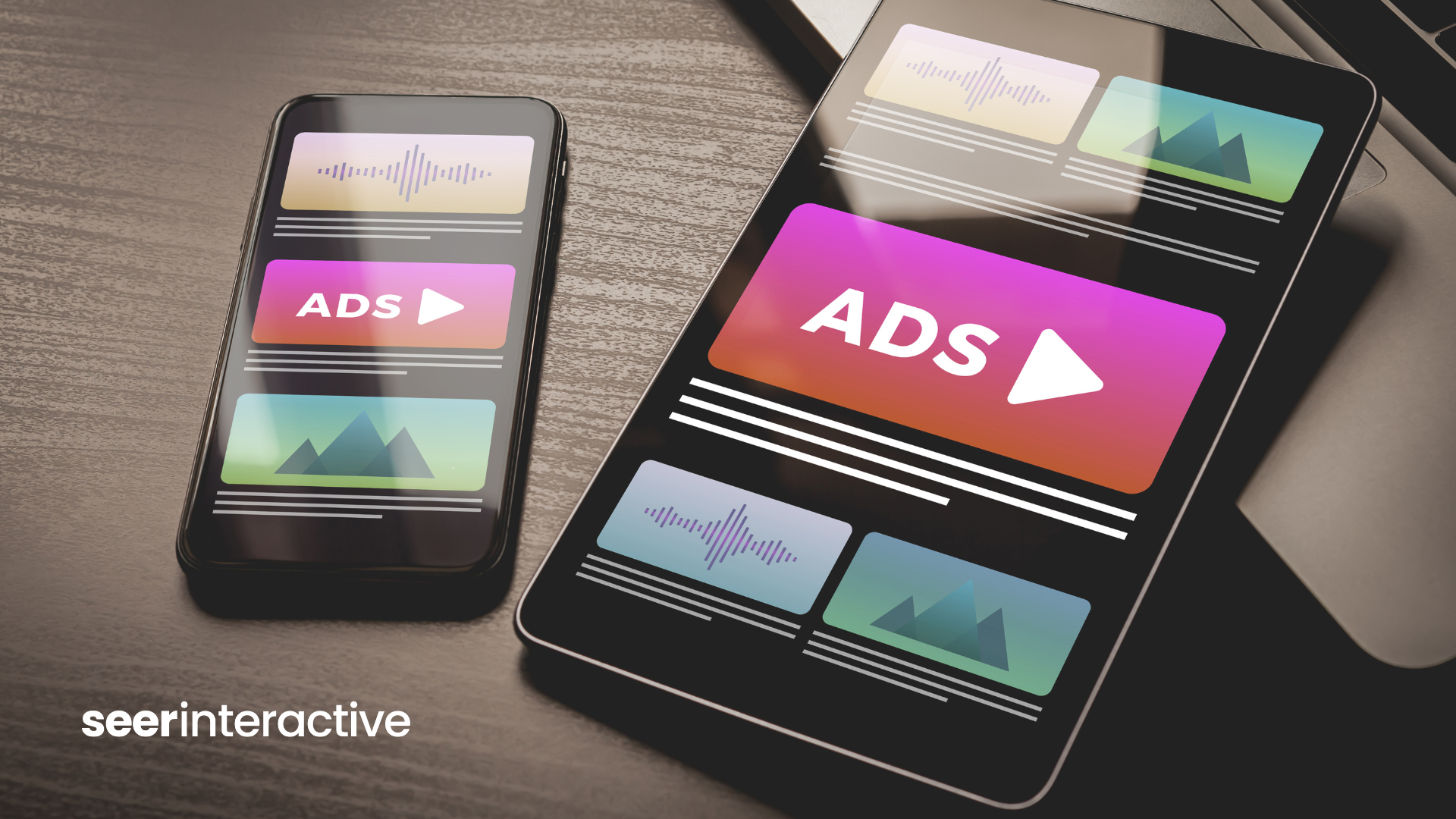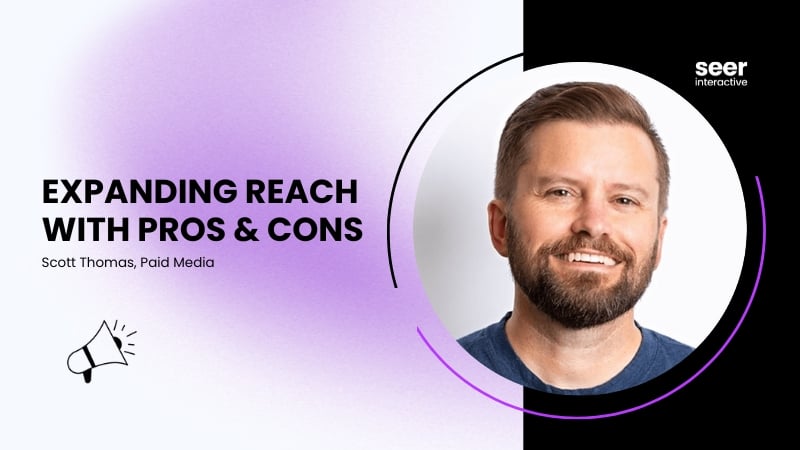You know that saying, "If a tree falls in the woods and no one is around to hear it, does it actually make a sound?” Well, this same philosophy can (and should) be applied to your paid social campaigns. If you create a great social ad without curating the right audience, will anyone actually see it? While the short answer is, "Yes, someone will probably see your ad," the long answer involves who exactly that someone is, and more importantly, are they the right someone. And we’ll get to that.
But first thing's first: What exactly is a persona audience? Great question! A persona audience is essentially an audience that you build through the social media channel (Facebook, Twitter, LinkedIn, etc.) that does not come from a customer list you already have (think an email list). Using Facebook as an example, it’s not exactly random why you see the ads that you see on your newsfeed. There’s actually a lot of algorithmic data crunching happening behind the scenes. Based on the actions you take online, Facebook is able to put you into certain buckets that advertisers can use when creating their campaigns. If you see a lot of ads for restaurants, you’re probably a frequent restaurant-goer. Seeing a ton of ads for dog-walking services? You’re probably bucketed into the pet-owners category.
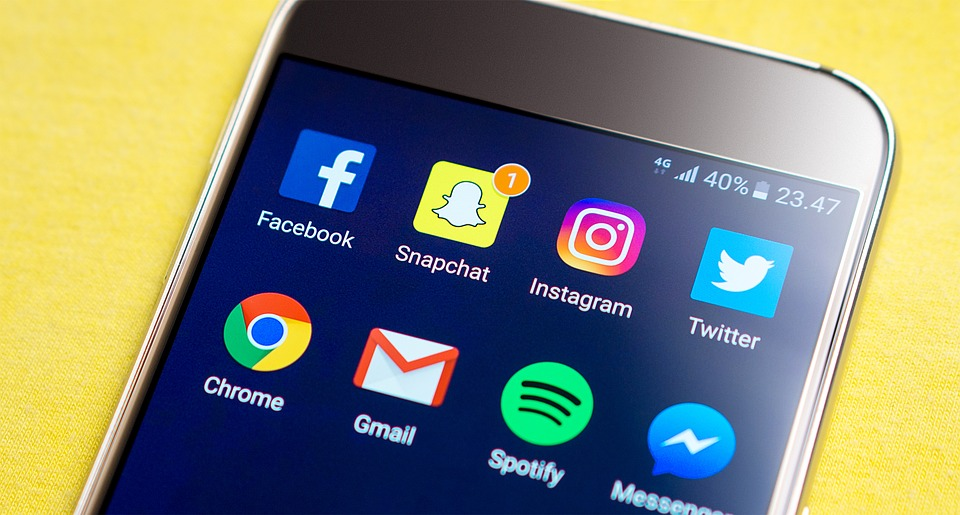
If you’re new to the social media advertising space, starting with a persona audience can help you get your foot in the advertising door and reach the right people for your campaign. But where to begin? The best thing to do is to start with the end goal in mind.
Step 1: Determine your goal
Starting with the end goal in mind can give you a clear understanding of who should be in your persona audience. If you’re a new company or you’re launching a new product or service, your goal may be to reach as many people as possible to raise awareness for whatever you’re promoting. The important thing here is to determine your goal of raising awareness with driving action. Persona audiences works well for those top-of-the-funnel campaigns, and they can integrate into your mid-to-lower funnel campaigns later on.
As an example, let’s use a photographer who has decided to open her own business. For being brand new to an industry that has a lot of competition, she really wants to spread the word and get her new company in front of as many people as possible. Her initial primary goal is not to to get a bunch of new clients right away. Instead, she wants potential clients to know she exists when the time comes for needing a photographer.
💡 Pro Tip: Make sure your ad objective matches your audience. If you’re using a broad persona audience and want to drive awareness, choosing the right objective when creating your campaign will help your audience perform even better.

Step 2: Consider which detailed targeting identifiers to use
While Facebook is used for these examples, most other social media platforms allow similar types of targeting identifiers. Facebook has three main detailed targeting identifiers to choose from:

- Interests: These are the broadest, yet most diverse identifiers to use when creating your persona audience. On Facebook, interests are associated with a user based on what other pages they follow, what kind of content they engage with, or other closely related topics. Example: If every time you see a Facebook post related to technology, you like or otherwise engage with that content, Facebook will likely assume that you enjoy content about technology and will serve you relevant technology ads.
- Demographics: These are identifiers such as employment, life events, and household attributes that Facebook has determined about you based on the information on your profile and the content you publish. Example: If you’ve recently moved and updated your Facebook profile to reflect your new city, you may see more content for events happening around your new neighborhood.
- Behaviors: These identifiers are based on your purchase behaviors or intent, actions you take online, and device usage. Example: If you do a lot of online shopping, you may be put into the engaged shoppers audience and will likely see more shopping ads pop up in your newsfeed.
It’s important to understand each identifier’s capabilities when creating your audience. For example, while interests provide an enormous amount of options, they are more reliable in driving awareness than driving intent since they are much higher up in the sales funnel. On the opposite end of the spectrum, if your goal is awareness, choosing only behavior identifiers can make your audience too narrow, and you won’t get the reach volume you intended.
💡 Pro Tip: You’ve probably heard about Facebook’s Partner Categories disappearing in the news lately. While this did affect demographic and behaviors identifiers, there are still plenty of targeting options available to curate your persona audience.
Step 3: Identify your audience
Don’t do yourself a disservice by assuming who you think your audience should be. Do the research and testing it takes to understand who your audience truly is. We’ve all been in that situation where we see an ad in our newsfeed and think, "Why am I seeing this ad? This makes no sense." Don’t be that advertiser.
💡 Pro Tip: The insights tab on your Facebook page can give you a ton of (for lack of a better word) insights into who actually values the content you’re sharing. Use this as a starting point in developing your persona audience. To access this feature, click into the insights tab while on your Facebook page and select people from the left-hand side and navigate through your fans, your followers, people reached, and people engaged.
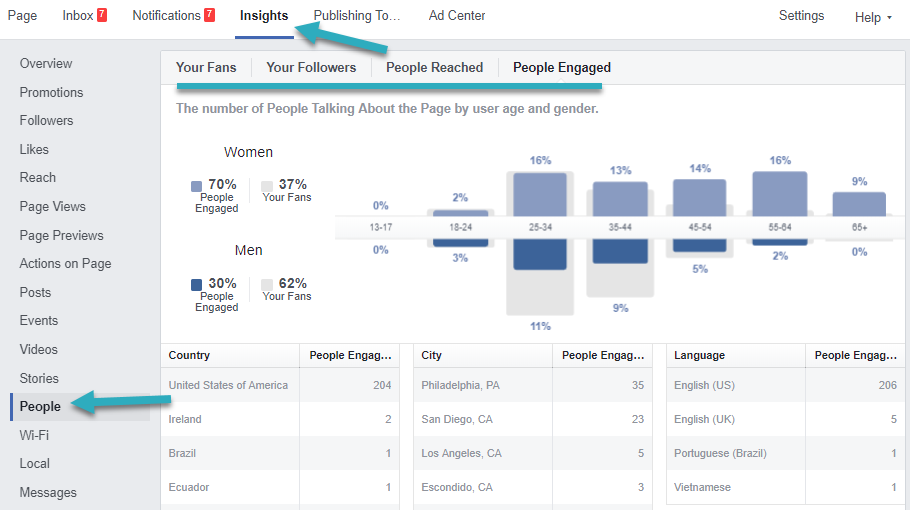
Now let’s go back to our photographer. Instead of creating an audience that’s just men and women near her business, she needs to create an audience that really hones in on who will be the most responsive to her ads. For instance, let’s say she wants to book more engagement and wedding clients because these are the most profitable for her. Creating a persona audience in Facebook can help her reach people who are newly engaged, or who have been engaged for a while indicating that they may be ready to find their wedding photographer. By browsing the demographics in Facebook’s audience builder, she will find the right people for her new campaign.
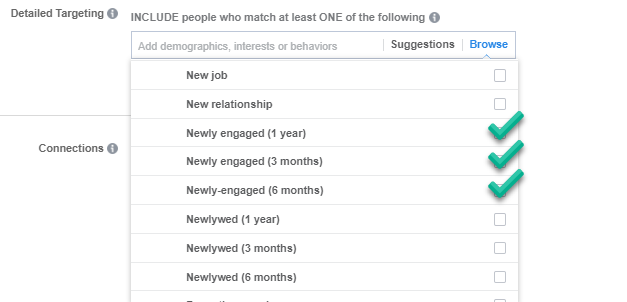
However, finding your persona audience often is not that simple. Let’s say we have another small business owner and he’s opening a sandwich shop that offers delivery. Since there is no option to explicitly target people who eat sandwiches, he’ll need to do his research and understand what are some common characteristics of people who dine out and/or expect delivery. He may add people who are interested in chain sandwich restaurants and people who often use delivery services to his persona audience.
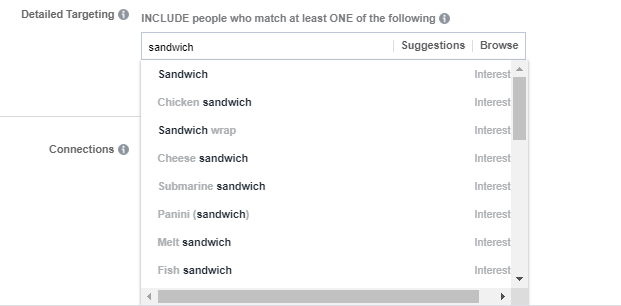
Check out this article to find out more about audience building and insights.
Start building!
Finding the right audience can be pretty simple using these steps. The most important thing to take away from this is how powerful choosing the right persona audience really is to your campaign. If you don’t take the time to thoughtfully understand who your audience should be, you could end up wasting ad spend by targeting people who aren’t even interested in what you’re advertising. That’s why we take an audience-first approach to the way we do things. Now it’s your turn! Head to the Facebook audience manager and start building your own persona audiences with your end goal in mind. And if you’re interested in learning more about paid social at Seer, head here for more information!
